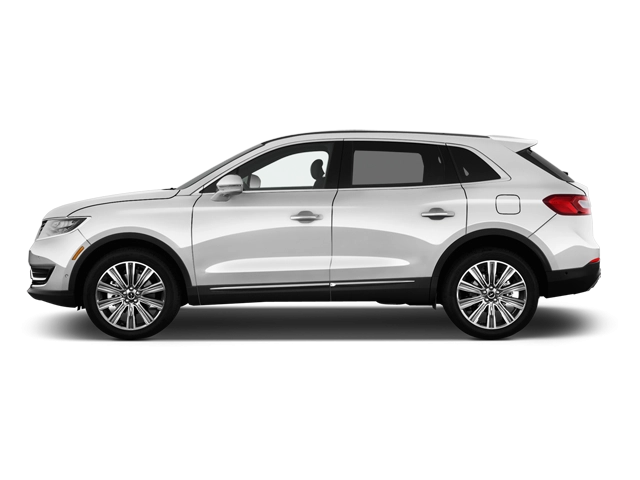2007 Lincoln Mkx Owner's Manual

Table of Contents
2007 Lincoln Mkx Overview
Introduction
The 2007 Lincoln MKX is a luxury midsize crossover SUV that offers a blend of comfort, refined style, and cutting-edge technology. With a bold exterior design and an elegantly appointed interior, the MKX is tailored for those seeking a smooth, high-end driving experience. Lincoln is known for its commitment to quality and craftsmanship, and the MKX is no exception, reflecting the brand's dedication to luxury and comfort.
Powertrains
Under the hood, the 2007 Lincoln MKX is powered by a robust 3.5-liter V6 engine that delivers an impressive 265 horsepower and 251 lb-ft of torque. This powertrain is paired with a six-speed automatic transmission, providing seamless acceleration and confident handling. Buyers can choose between front-wheel drive and all-wheel drive configurations, allowing for versatility in various driving conditions. Fuel efficiency is also commendable, making it a practical choice for both city and highway driving.
Trims
The Lincoln MKX is available in a single fully-loaded trim, which includes a wide range of premium features. This all-inclusive approach ensures that owners get a well-equipped vehicle without the hassle of choosing from multiple packages. The MKX impresses with its extensive list of standard features, setting the stage for an upscale driving experience.
Features
The 2007 Lincoln MKX is adorned with luxurious amenities, including leather upholstery, heated front seats, and an available panoramic sunroof. The spacious cabin comfortably accommodates five passengers, while advanced technology options like the optional navigation system, premium audio system, and Bluetooth connectivity enhance convenience and entertainment. Safety features, such as traction control, stability control, and an array of airbags, ensure peace of mind on the road.
Owner's Manual
For MKX owners, the owner's manual serves as a comprehensive guide detailing the vehicle’s features, maintenance schedules, and troubleshooting tips. This essential resource ensures that owners can maximize the performance and longevity of their Lincoln MKX, making it a reliable choice for years to come.
User manual download
The Lincoln Mkx owner manual for the 2007 model year is to be found in PDF downloadable format on this page. The owner manual for the model year 2007 is free and in English, but the repair manuals are usually not easy to get and may cost more.
Manual Questions
Fill the form below and someone will help you!

